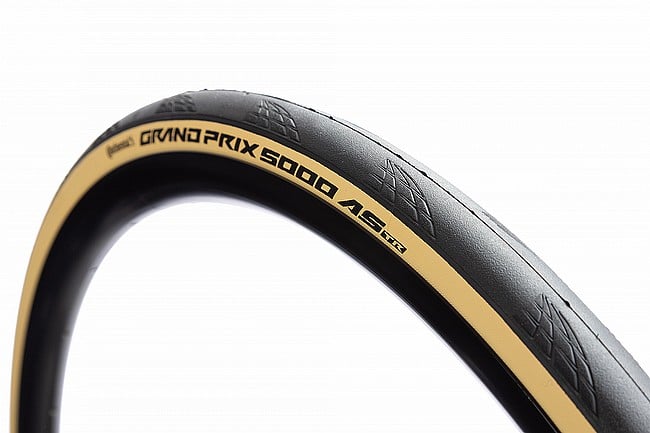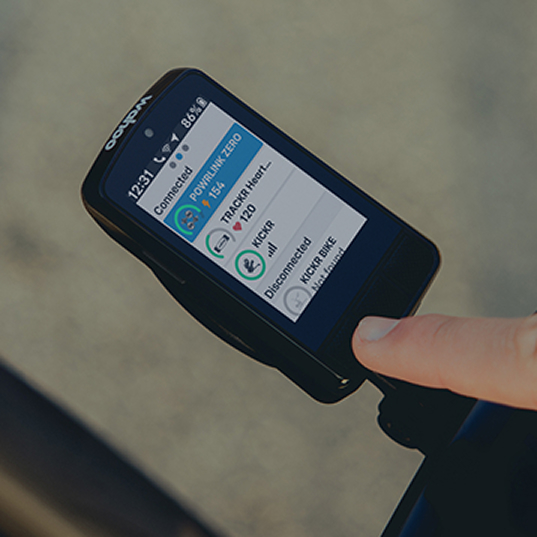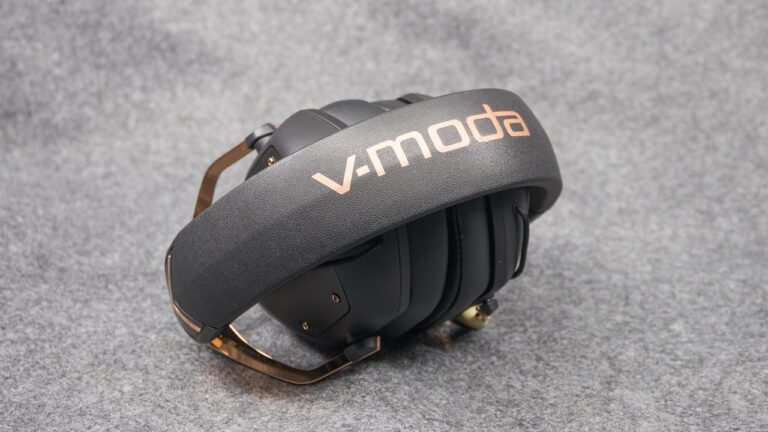Introduction
Many cyclists wonder: what’s the ideal tyre size for a road bike? For years, 23mm and 25mm were the default choices. But now, 28mm Road Bike Tyres are quickly becoming the standard.
I switched to 28mm tyres recently, and the difference surprised me. More comfort, better grip, and even faster on rough roads. In this post, I’ll share why I made the change and why you might want to do the same.
Why Tyre Width Matters on Road Bikes
Your tyres are the only point of contact between your bike and the road. Choosing the right size impacts:
- Comfort on long rides
- Rolling resistance and speed
- Handling in corners and wet conditions
- Puncture protection and durability
For years, cyclists believed narrow meant faster. But testing and real-world experience show otherwise. That’s where 28mm Road Bike Tyres come in.

The Comfort Advantage of 28mm Road Bike Tyres
Wider tyres can run at lower pressures. Lower pressure means:
- Softer ride on rough roads
- Less fatigue on long rides
- Reduced vibrations on your hands and back
Have you ever finished a ride feeling beaten up by the road? That’s one problem 28mm tyres solve almost instantly.
Speed and Rolling Resistance: Faster Than You Think
One myth is that wider tyres are slower. But modern tests prove 28mm Road Bike Tyres often roll faster than 25mm.
- Lower rolling resistance at equal pressure
- Better energy efficiency on uneven roads
- Improved aerodynamics on modern wide rims
Question: Would you choose comfort if it also meant free speed? That’s what 28mm tyres can deliver.
Grip and Safety in Wet Conditions
Rain and cornering can be stressful with narrow tyres. With 28mm, you get:
- More rubber contact with the road
- Better grip on wet or loose surfaces
- Greater confidence in high-speed descents

Durability and Puncture Resistance
Another bonus of wider tyres: they’re tougher.
- Thicker tread options available in 28mm
- Better resistance against pinch flats
- Longer lifespan for daily training
If you ride in mixed conditions or rough Malaysian roads, 28mm is a practical choice.
Are There Downsides to 28mm Road Bike Tyres?
Not everything is perfect. Here’s what to consider:
- Frame clearance: older bikes may not fit 28mm tyres
- Slightly heavier than 25mm
- Not always ideal for pure racing setups
Before upgrading, check your frame and brake clearance.
How to Switch to 28mm Road Bike Tyres
Making the change is simple if your bike allows it:
- Check tyre clearance on your frame and fork.
- Pair with wider rims (19mm internal width works best).
- Adjust pressure, try 70–90 psi depending on weight.
- Test on a familiar route to feel the difference.
This transition is a classic case of Bike Prep Made Easy, a small tweak with big results.
Don’t Get Caught in the Rain: Bike Prep Made Easy
Bicycle Rolling Resistance’s 28mm tests
Conclusion
Cycling is about balance, speed, comfort, and safety. For me, 28mm Road Bike Tyres hit the sweet spot. They deliver smoother rides, better grip, and surprising speed gains.
So, should you make the switch? If your bike fits them, the answer is simple: yes. Bigger really can be better when it comes to road bike tyres.
That’s my take on 28mm Road Bike Tyres, what’s yours?






